
p. 393: ‘. . .it was realized that whole populations of certain species could be induced to use nestboxes if enough were provided, and could thus be studied in many aspects of their population structure. Pioneer studies were those of S.P. Baldwin and W.W. Bowen on the House Wren Troglodytes aedon in the USA, begun in 1915, and of K. Wolda and his associates on the Great Tit Parus major in Holland, begun in 1920.’
—Campbell, B., and E. Lack (eds.). 1985. A Dictionary of Birds. T & A D Poyser Ltd, Calton, England.
‘The widespread use of artificial nestboxes has led to significant advances in our knowledge of the ecology, behaviour and physiology of cavity nesting birds. . . .’ ‘However, when comparing results across study sites the use of nestboxes may also introduce a potentially significant confound variable in the form of differences in nestbox design amongst studies. . . .’ ‘We. . .list the types of descriptive data that should be included in the methods sections of relevant manuscripts and justify this by discussing how variation in nestbox characteristics can affect or confound conclusions from nestbox studies.’
—Lambrechts et al. 2010. The design of artificial nestboxes for the study of secondary hole-nesting birds: a review of methodological inconsistencies and potential biases. Acta Ornithologica 45: 1-26.
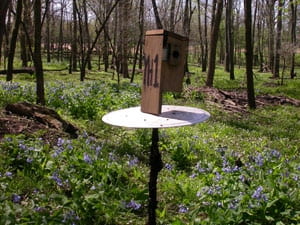

Dorset et al. 2017. Evolutionary Biology 44: 227-239.
Will et al. 2017. Journal of Zoology 302: 1-7.
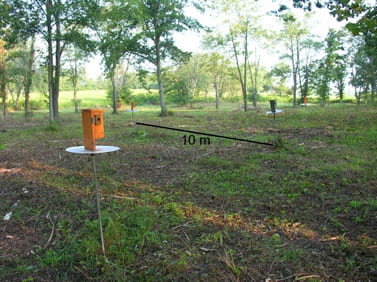
DeMory et al. 2010. Behavioral Ecology 21: 1156-1164.
Grana et al. 2012. Behavioral Ecology and Sociobiology 66: 1247-1258.
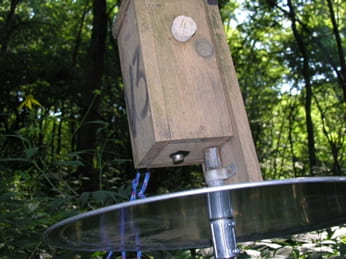
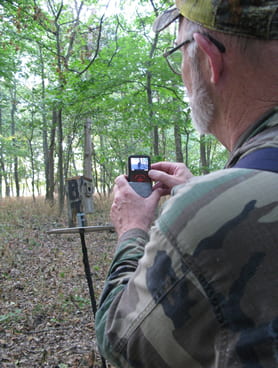
Photograph by Rachel Hatch, 2012
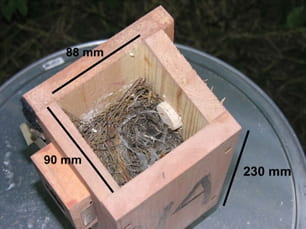
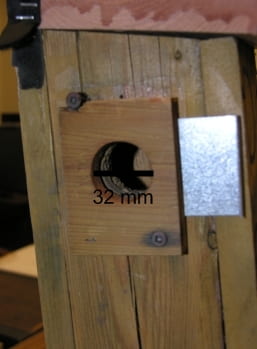

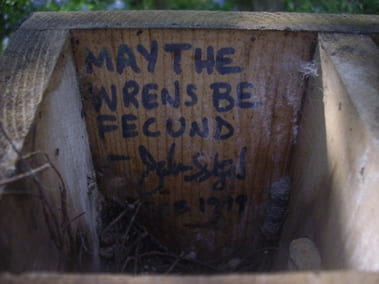
Photograph by E. Keith Bowers, 2010
